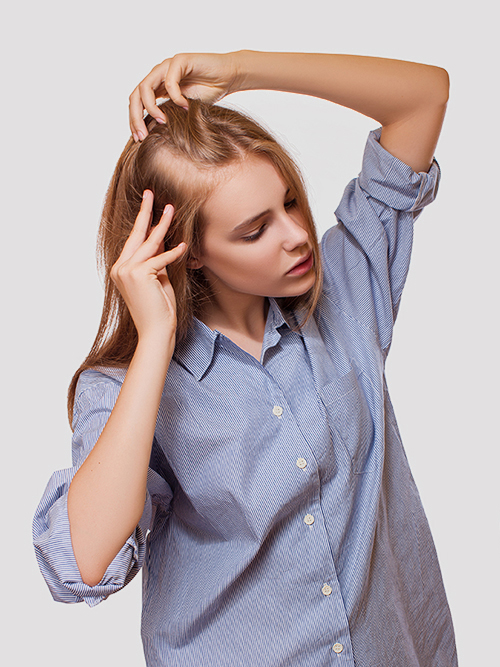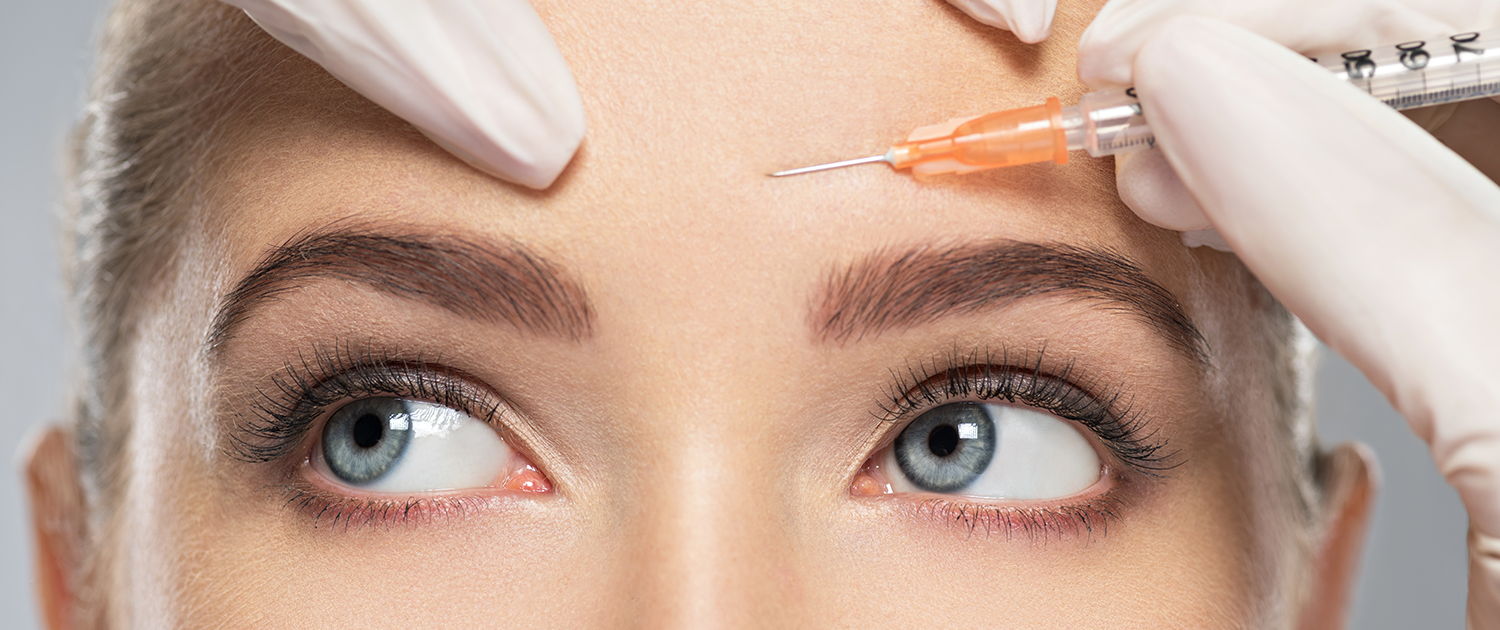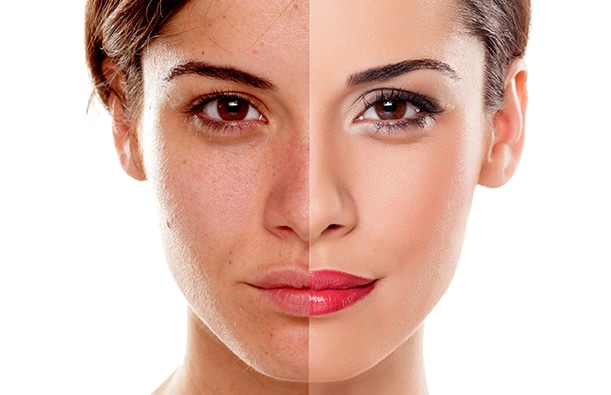AESTHETIC MEDICINE
PRP
What is the PRP?
PRP, or platelet-rich plasma, is a powerful concentrate of growth factors capable of stimulating tissue regeneration. It is obtained thanks to a technique that involves the centrifugation of autologous blood (ie taken from the same patient) within a process that ends with the production of a part of plasma with a high concentration of platelets. Moreover, very important in case of alopecia it stimulates the regrowth of new hair.
What are the benefits?
PRP is one of the most recent therapies in skin and scalp regeneration. The platelets in contact with the dermis release a large amount of growth factors that stimulate the production of collagen, giving the skin a more toned and smooth appearance without altering the morphology of the face.
Who is it indicated for??
Women and men, regardless of age.
- For those who want to improve the appearance of cheeks, the ocular and periocular area and the skin folds of the neck.
- For those who want to fight baldness.
- For those who want to treat scars.
- For those who want to treat the blemishes caused by acne.
The pluses:
- Totally natural.
- Indicated for all patients.
- There is no rehabilitation period.

Restorative substances circulate in your blood ready to hit the track when you get a wound.They are the platelets, which regenerate skin and tissues in a short time.
So why not use them in concentrated form to stimulate the reparative processes in a biological way? This is what PRP (platelet rich plasma) is: a sample of your blood plasma, enriched with autologous platelets (that is, from the same organism), transformed into a powerful medicine. Useful for fighting many problems.
How is this therapy?
PRP is one of the most recent therapies in skin and scalp regeneration. The platelets in contact with the dermis release a large amount of growth factors that stimulate the production of collagen, giving the skin a more toned and smooth appearance without altering the morphology of the face, and is also useful in other body sites such as hands and neck. In aesthetic medicine, the use of PRP has spread to the treatment of skin and subcutaneous tissues to improve the appearance of areas such as cheeks, ocular and periocular areas, skin folds of the neck.
Before and After
AESTHETIC MEDICINE
Comparison of pre and postoperative images


What results are there?
An application that is giving comforting results concerns non-cicatricial and aerated alopecia. According to recent data, regrowth occurs in most of the cases treated. There are two most frequent forms of alopecia: androgenetic, linked to an excess of androgens or to a hypersensitivity of receptors to male hormones, and areata which affects two thirds of women and is due to autoimmune reactions that weaken the hair follicle. The androgenetic form manifests itself, in men, with the receding hairline that goes from the forehead to the top of the skull, while in the fair sex it causes a thinning even on the nape.
The aerated shape, on the other hand, creates unsightly patchy losses. In both cases, it may be useful to curb hair loss with PRP micro-injections, done all over the scalp within one centimeter of each other (there are about fifty but so “micro” and quick as to be painless). The growth factors released from the platelet concentrate oxygenate and revascularize the hair bulb, arresting the fall and strengthening the shaft. The best results, as shown by a study published in the Journal of Trichology, are obtained not in the presence of total baldness but when the scalp is still covered with a layer of very fine and sparse hair “.
AESTHETIC MEDICINE
Are you interested in Aesthetic Medicine?
What is it for?
The best results, as shown by a study published in the Journal of Trichology, are obtained not in the presence of total baldness but when the scalp is still covered with a layer of very fine and sparse hair “.
Who is it suitable for?
PRP is also particularly useful in case of hypertrophic scars resulting from deep 2nd or 3rd degree burns, especially if retracting. Diabetic eritis and ulcers, which often afflict the feet. After surgical cleansing, the dense and full-bodied platelet gel is applied with a cannula. It is mainly placed on the edges of the lesion, where the tissue reconstruction starts. A fact that, as dozens of clinical studies have shown, significantly accelerates the healing process. From a technical point of view, the production of platelet-rich Plasma takes place in a dedicated room, with a totally closed, automated system, which eliminates the risks of microbial contamination. This system allows to separate and concentrate the platelets as required by current legislation.
How is the blood treated?
When the blood is centrifuged it is divided into 3 layers: The top layer (55%): Plasma (PPP) layer with very few platelets. The core layer, also called as PRP Layer or Buffy Coat layer, is made up of White Blood Cells (WBC) and platelets; it is the most important layer because most of the platelets are found here (94%). The lower layer (45%): Red blood cells (RBC) layer with reddish appearance. In fact, it is estimated that the volume of PRP is equal to 10% of the whole blood processed; through our device, consisting of a centrifuge and a special kit, it is possible to obtain a PRP with a platelet concentration 5-6 times higher than the basal one.
A higher concentration of platelets ensures better results. The blood taken from the patient is immediately subjected, in a closed circuit, to a separation process that allows to isolate and extract a certain amount of platelet-rich plasma, within which the Growth Factors are located. The treatment lasts 10-15 minutes and generally does not require local anesthesia; in rare cases an anesthetic cream is used previously applied to the area. The customized protocols provide cycles of 3-5 sessions per year, 45-90 days apart, followed by maintenance sessions 1-2 times a year.
Are there any risks for the patient?
PRP treatment has no side effects. It is necessary to perform the procedure in a sterile environment. We perform this type of treatment in our clinic.


